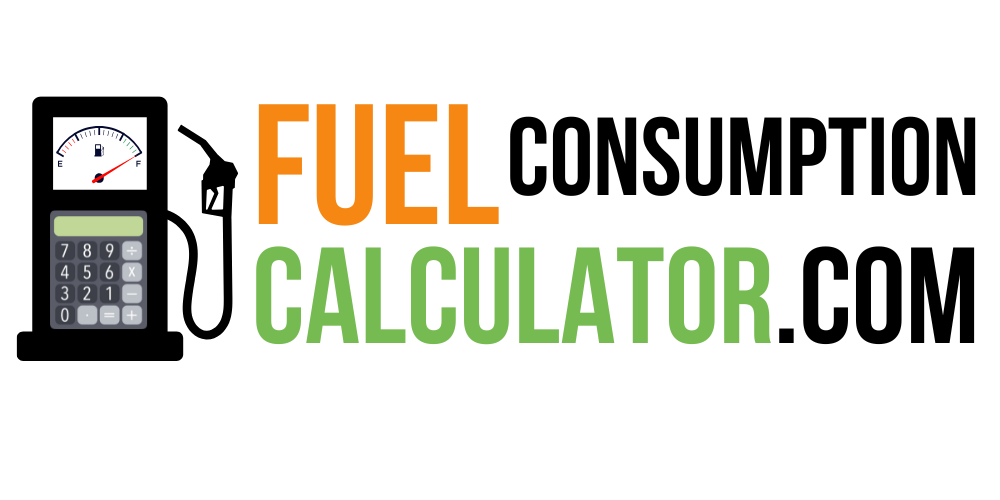Fuel Price Calculator
Trip Cost Estimate
How to Use the Fuel Cost Calculator
Our calculator is designed for simplicity. Here’s a quick breakdown of what to enter:
- 🚗 Trip Distance (miles): The total distance of your one-way or round-trip journey. If you’re unsure, use a tool like Google Maps to get an accurate mileage.
- 💨 Vehicle Fuel Efficiency (MPG): This stands for “Miles Per Gallon” and is a measure of how far your car can travel on a single gallon of fuel. You can usually find this in your car’s manual, on the manufacturer’s website, or by checking your vehicle’s trip computer.
- 💲 Gas Price (per gallon): The current price of fuel in your area. For the most accurate calculation, use the price you expect to pay along your route.
Once you hit “Calculate,” you’ll get a detailed breakdown of your trip’s fuel requirements.
Understanding Your Results
The calculator provides more than just a total cost. Here’s what each result means for you:
- Total Fuel Needed: This shows the total number of gallons your vehicle will consume for the entire trip. It’s a great number to know for planning stops at gas stations on a long journey.
- Total Fuel Cost: This is the bottom line—the total amount of money you can expect to spend on gas. Use this figure to create an accurate travel budget.
- Cost Per Mile: This powerful metric tells you the exact cost to drive your vehicle for a single mile. It’s perfect for comparing the cost-effectiveness of driving versus other forms of transportation or for calculating business mileage expenses.
5 Actionable Tips to Save Money on Fuel
Calculating your fuel cost is the first step. The next is reducing it. Here are five proven strategies to improve your fuel efficiency and keep more money in your pocket.
1. Master Smooth Driving
Aggressive driving habits like rapid acceleration, hard braking, and speeding waste a significant amount of fuel.
- Accelerate gently from a stop.
- Maintain a steady speed using cruise control on highways.
- Anticipate traffic to avoid unnecessary braking and re-accelerating.
2. Check Your Tire Pressure
Underinflated tires create more rolling resistance, forcing your engine to work harder and burn more gas.
- Check your tire pressure at least once a month.
- Inflate them to the pressure recommended by your vehicle’s manufacturer (found on a sticker inside the driver’s door).
3. Reduce Unnecessary Weight
The heavier your car is, the more fuel it needs to move.
- Remove any heavy items you don’t need from your trunk or cabin, like old sports equipment or toolboxes.
- Remove roof racks or cargo boxes when not in use, as they increase aerodynamic drag.
4. Plan Your Routes and Trips
A little planning can save you miles and fuel.
- Combine errands into a single trip rather than making multiple short ones.
- Use navigation apps to find the most direct route and avoid traffic jams or excessive hills.
5. Perform Regular Maintenance
A well-maintained engine runs more efficiently.
- Change your oil according to your manufacturer’s schedule.
- Replace clogged air filters to ensure your engine can breathe properly.
Frequently Asked Questions (FAQ)
(FAQs are excellent for capturing long-tail keyword searches and getting featured in Google’s “People Also Ask” sections)
Q: How can I find my car’s real MPG?
A: For the most accurate MPG, calculate it manually. Fill your tank completely and reset your trip odometer to zero. Drive as you normally would. At your next fill-up, note the mileage on your trip odometer and the amount of fuel it took to refill the tank. Then, use this formula: MPG = Miles Driven / Gallons Used.
Q: What is considered a “good” MPG?
A: This varies widely by vehicle type. As of the 2020s, a good MPG for a new non-hybrid gasoline car is typically above 30 MPG for highway driving. For SUVs, anything above 25 MPG is considered efficient, while hybrids can often achieve over 50 MPG.
Q: Is it cheaper to drive or fly for a long trip?
A: Our calculator can help you decide! Calculate your total fuel cost for the drive. Then, compare that to the cost of plane tickets for all travelers. Don’t forget to add the cost of a rental car or rideshares at your destination if you fly. For solo travelers, flying is often cheaper for long distances (500+ miles), but for families, driving is frequently more cost-effective.
